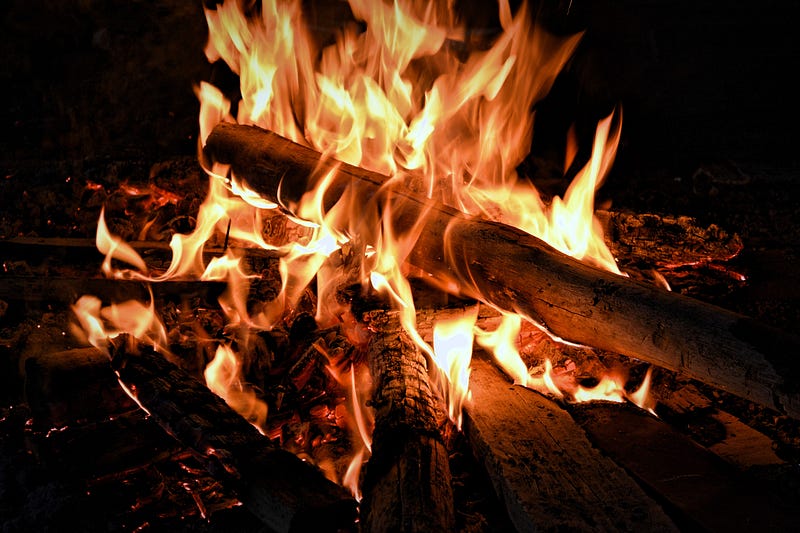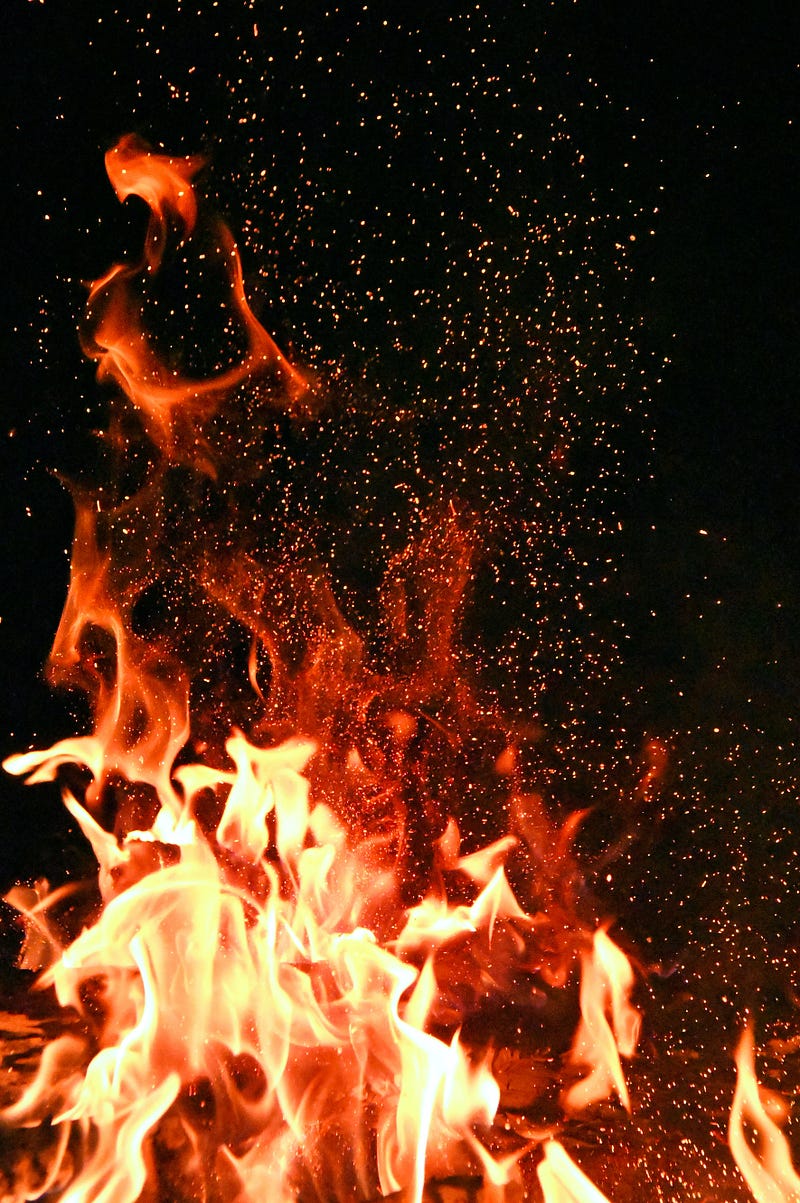The Origins of Cooking: A Journey Through Time and Fire
Written on
Chapter 1: The Dawn of Culinary Practice
When did cooking first become part of human life? Archaeological evidence reveals that some of the earliest hearths used by our ancestors have been discovered in Spain, near Madrid. Researchers have unearthed remnants of prehistoric hearths that date back as far as 250,000 years. Found alongside these hearths were stone tools showing signs of food, suggesting this could be the earliest form of a kitchen utilized by early humans.

[Photo by takenbytablo from Pexels]
Recent studies indicate that the practice of gathering around a fire specifically for cooking originated roughly 250,000 years ago—significantly earlier than previously estimated by 50,000 years. This was revealed through investigations of multiple hearths located at the Valdocarros II archaeological site. According to Dr. Clayton Magill, the principal investigator of the study published in Scientific Reports, these findings represent the earliest evidence of controlled campfires used for both cooking and social interaction.
Section 1.1: The Significance of Fire
Researchers unanimously agree that mastering fire marked a crucial turning point in human evolution. It can be regarded as one of the most significant tools or technologies, granting humans greater control over their environment.
Prehistoric humans had numerous compelling reasons to learn how to create and maintain fires. For instance, fire served as protection against predators, who typically avoided areas with flames. Additionally, it provided warmth, which was essential for those who migrated to colder regions. Fire also extended the day, allowing groups to gather after sunset and foster social connections. Most importantly, it made food more accessible and nutritious through cooking.
A controversial theory proposed by Professor Richard Wrangham suggests that the advent of cooking played a pivotal role in human evolution. By cooking food, it became softer, easier to digest, and more flavorful, ultimately providing higher caloric content compared to raw food. This, in turn, offered a significant evolutionary advantage to those who could harness fire for cooking.

[Photo by Adonyi Gábor from Pexels]
Section 1.2: Early Fire Management
But when did our ancestors first master the use of fire? While the exact timeline remains uncertain, it is believed that fire may have been controlled as far back as a million years ago in Africa, and in Europe, about 400,000 years ago. However, this early use of fire did not necessarily indicate cooking—an advanced application of fire.
According to Dr. Magill, the current evidence suggests that early humans began cooking with fire roughly 200,000 years ago. “Now we are pushing that date back by 50,000 years,” he noted. The findings in Spain imply that the creators of these hearths had a sophisticated understanding of how to effectively use fire for cooking.
Chapter 2: The Science of Cooking Temperatures
Chemical analyses of the remains found in these ancient hearths reveal that the fires burned at temperatures between 280 and 350 degrees Celsius. Dr. Magill emphasizes that this range is optimal not for scaring off animals or providing warmth, but specifically for cooking.
The archaeological site contained decay products from pine wood and mushrooms, indicating that the inhabitants transported these materials to create their cooking fires, despite pine trees not being found immediately nearby. “If we observe contemporary indigenous cultures, they often utilize rotten wood, which burns at ideal temperatures for food preparation,” Dr. Magill explains.
No remnants of the wood itself were present in the hearths, but nearby stone tools bore traces of animal fats and plant matter, further supporting the theory that the Valdocarros II hearths were used for cooking.
Dr. Magill suggests a deeper implication: “Controlling fire and cooking food likely indicates a developed social structure and the use of language.” Additionally, remains of large animal butchering found at the site imply coordinated efforts among group members.
The first video titled Cooking With Fire At The Dabney | Bon Appetit explores the art of cooking with fire, showcasing techniques that date back to our ancestors.
The second video titled 100 Hours in Pakistan Epic PAKISTANI STREET FOOD in Lahore, Karachi, Hunza and More! takes viewers on a culinary journey through vibrant street food culture, illustrating the evolution of cooking practices.